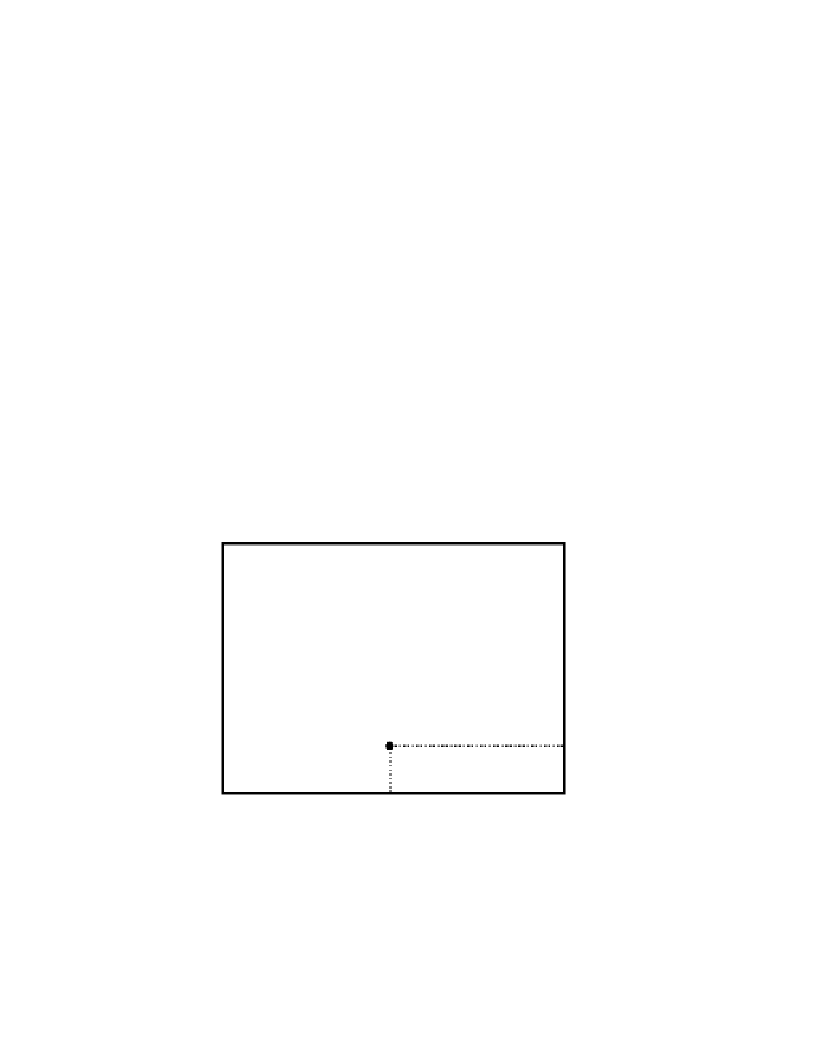Java Reference
In-Depth Information
different ways at the developers' discretion. Other possible means could be added to the list
(such as some native-support or some particular third-party deployment solution, for example).
We will assume that the chosen deployment means is the same as the application to be
deployed. One can imagine cases where this is not true; for example, we could use the Plug-In
technology (that is, J2SE) for deploying Java 1.x code. Although theoretically possible, it is
quite unusual in real cases because it implies the installation of two different Java environ-
ments, and only one will be used for the application execution. Anyway, this could be needed
when deploying legacy code. (This case is discussed in the Chapter 6.)
Deployment Design Box
Let's introduce a simple graphical instrument that will ease the exposition of deployment
design options for our software.
In the diagram shown in Figure 4.1, we have the planned deployment services on the y-axis
and the means to obtain them on the x-axis. A point on such a diagram express graphically
how many deployment services a Java software employs in relation with the potentiality of the
current means employed.
……Ad-Hoc Deployment Services
………Advanced Deployment Services
……………JNLP 1.0 Deployment Services
………Additional JREs
A
………Automatic Updates
……“One shot” Deployment
Means
F
IGURE
4.1
The Deployment Design Box.





